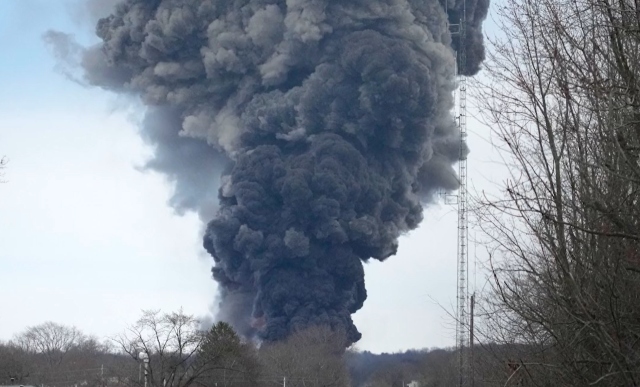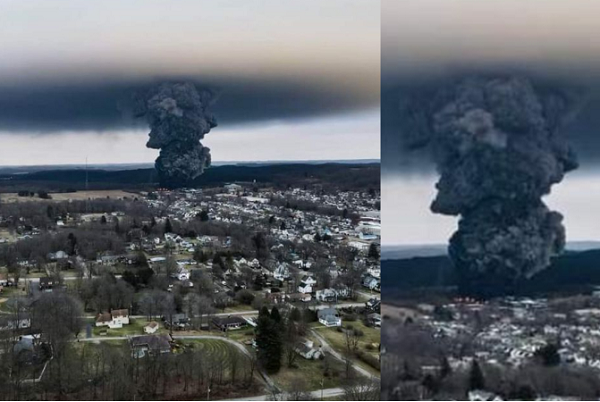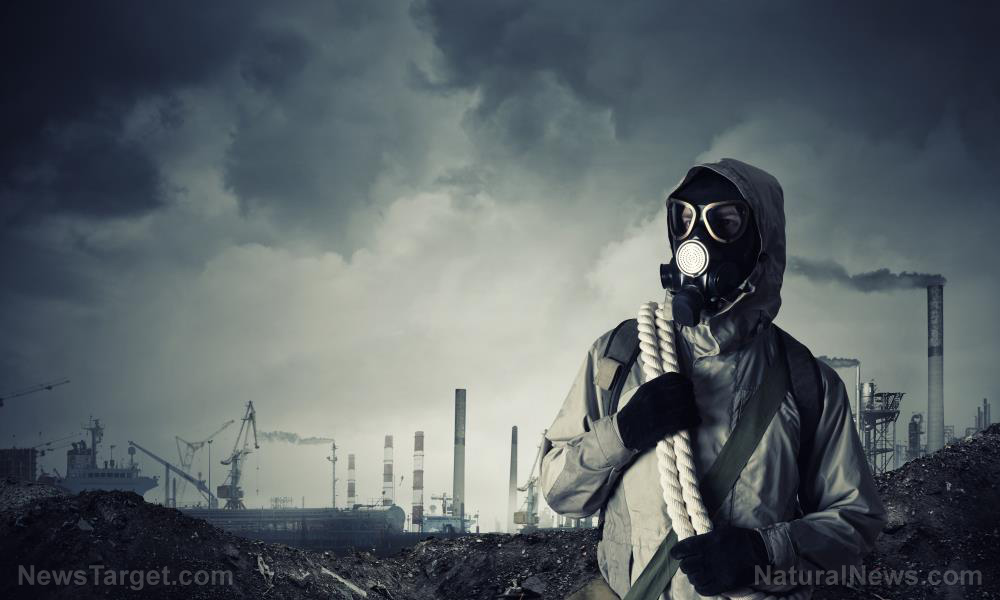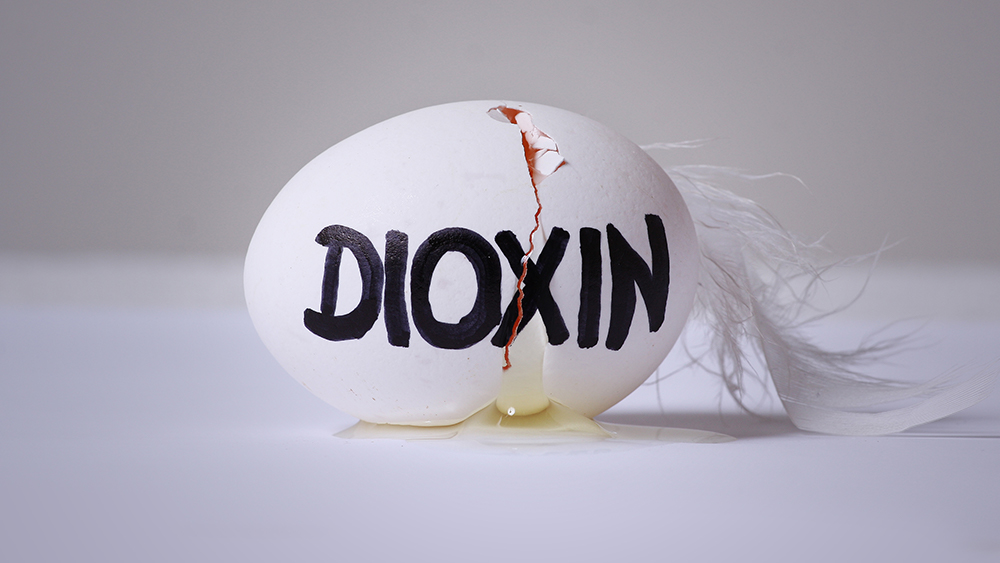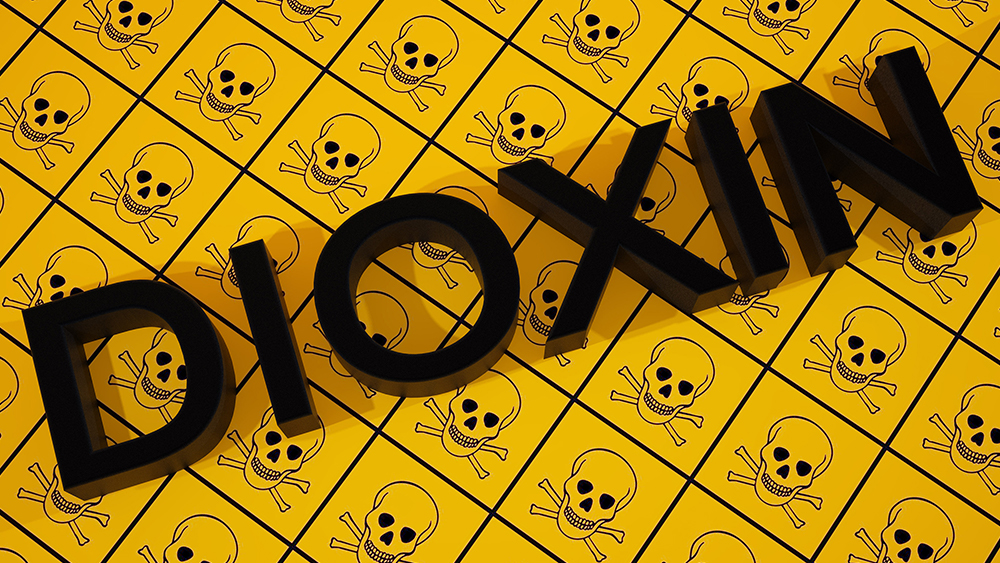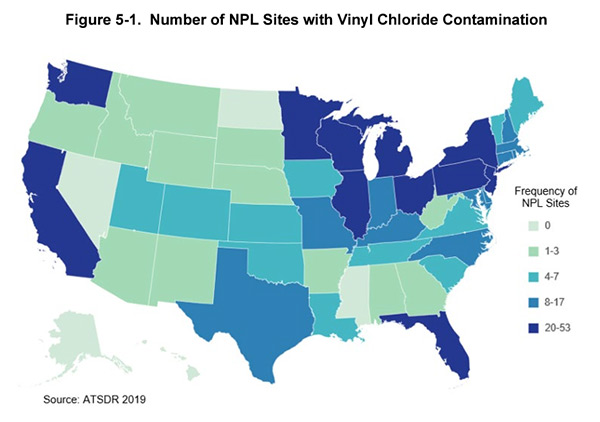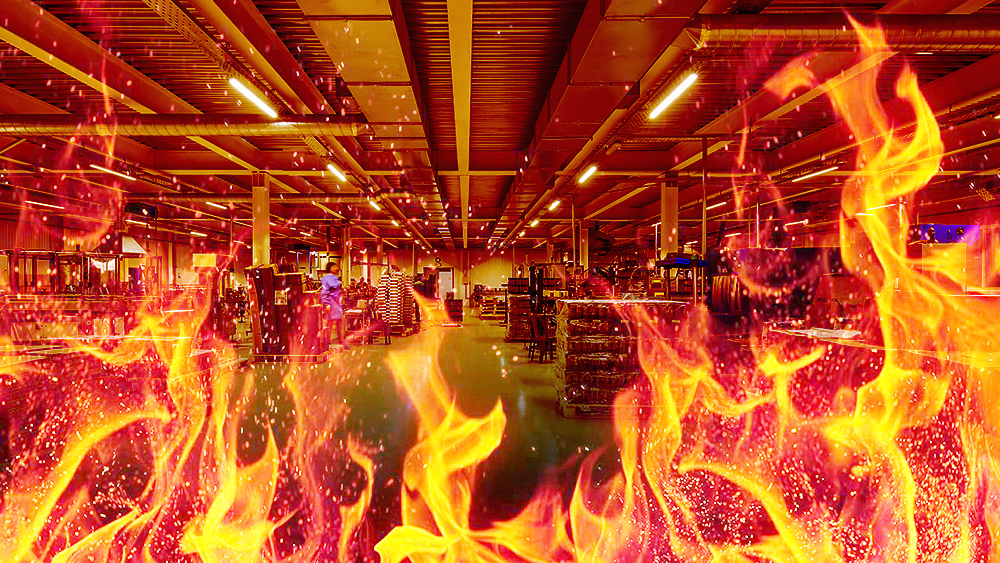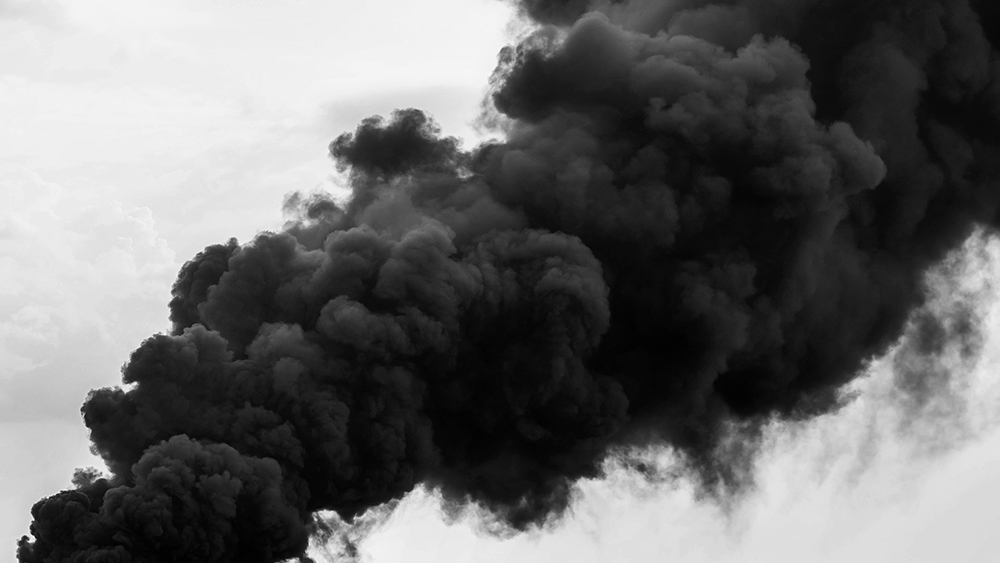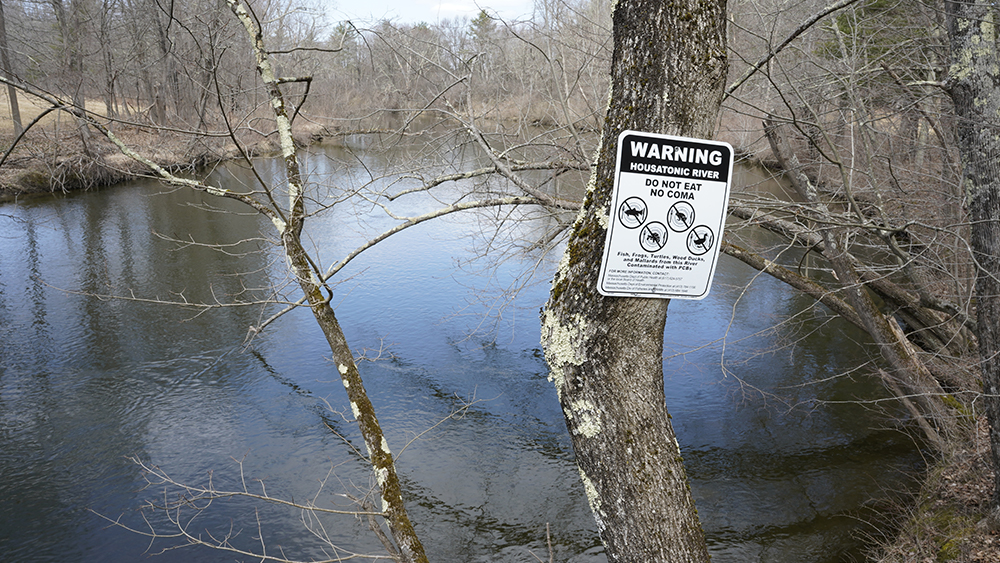Here’s why dioxins are the most toxic chemical class known to man
02/22/2023 / By Ethan Huff
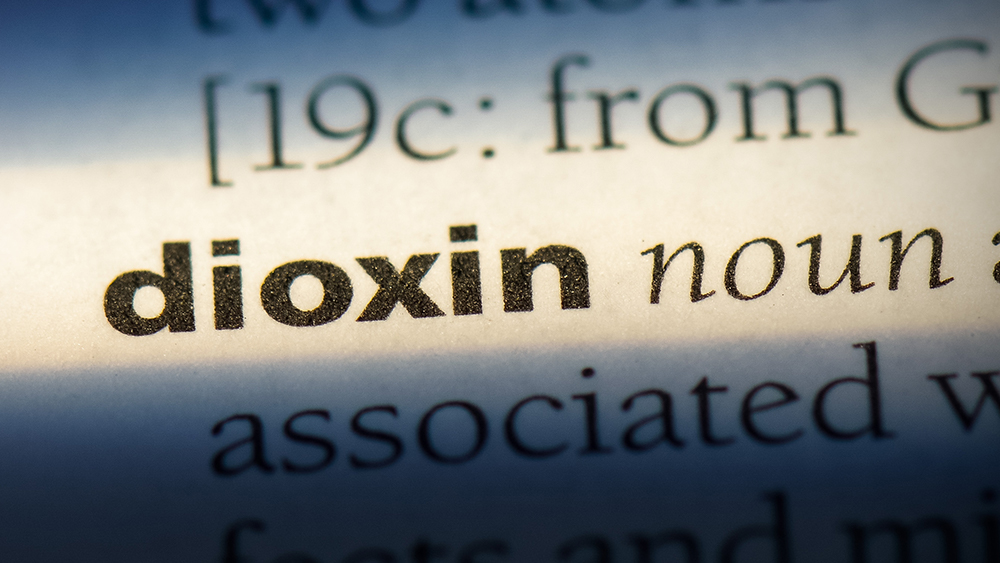
In 2020, Restoration & Remediation (R&R) published a fascinating article about dioxins that classifies them as the most hazardous substance in structure fire environments – and for good reason.
Whenever a building or object containing chlorinated chemicals catches fire – this includes the “controlled explosion” of the derailed Norfolk Southern freight train in East Palestine, Ohio – dioxins and other deadly compounds are released. However, typically speaking, very little attention is given to this toxic release.
Concerning structure fires, the federal government is primarily focused on asbestos and lead, all the while ignoring the threat of volatile organic compounds (VOCs), other heavy metals, particulate matter, and dioxin release.
“When newer homes or buildings suffer fire damage, testing for any kind of hazardous substance is typically deemed unnecessary,” explain Briana C. Scott and Sean Scott, writing for R&R.
“Occasionally, testing will be conducted for the presence of soot, char, or ash in structures near wildfire areas. However, it is almost unheard of for this type of testing to be performed to identify the composition of the combustion byproducts to determine whether any hazardous substances are present.”
Dioxins are a combustion byproduct that falls squarely into this overlooked category of post-fire chemical testing. The authorities will test for other things, but will rarely address the biggest elephant in the room: dioxins.
“Post-structure fire and wildfire settings, especially those where plastics, synthetic materials, electronics, or PVC have burned, extremely hazardous and carcinogenic chemicals are created that are typically overlooked altogether,” the Scotts add.

“One chemical in particular, dioxin, some consider to be one of the most toxic chemicals known to man.”
(Related: Did the controlled explosion of the East Palestine train wreck create the largest dioxin plume in world history?)
Dioxins are more lethal than asbestos and lead, so why do the authorities ignore them?
It turns out that dioxins belong to the World Health Organization’s (WHO) “Dirty Dozen” list of the most dangerous chemicals, also referred to as persistent organic pollutants (POPs), in the world. They are extremely toxic to all lifeforms and are by far more dangerous than both asbestos and lead.
Even the smallest quantities of dioxin are harmful, and persistently so due to their immense toxicity and propensity towards persistence – meaning they do not biodegrade and tend to accumulate wherever they lodge themselves, including in the fat tissue of animals and humans.
“POPs are chemicals of global concern due to their potential for long-range transport, persistence in the environment and atmosphere, ability to bioaccumulate in ecosystems, as well as their significant negative effects on human health and the environment,” the Scotts write. “Bioaccumulation is the accumulation of chemicals in organisms from the surrounding environment through skin absorption, ingestion, and inhalation.”
“The most commonly encountered POPs are organochlorine pesticides, industrial chemicals, and polychlorinated biphenyls (PCBs), as well as unintentional byproducts of many industrial processes, especially chlorinated dibenzo-p-dioxins (CDDs) and dibenzofurans.”
CDDs, by the way, are also generated during combustion. Structure fires where PVC (polyvinyl chloride), plastics, paper, and other chlorinated chemicals are present tend to release very large amounts of CDD, the most toxic being 2,3,7,8-tetrachlorodibenzo-p-dioxin, or TCDD.
“There are 75 different dioxins, or polychlorinated dibenzodioxins (PCDDs) and certain dioxin-like polychlorinated biphenyls (PCBs) with similar toxic properties are also included under the term ‘dioxins,'” reports indicate.
“Dioxins are formed when products containing carbon and chlorine burn, especially plastic, paper, pesticides, herbicides or other products where chlorine is used in the manufacturing process. Dioxins do not typically exist in materials before they are burned and are especially prevalent in structure fires and wildfires.”
You can learn more about the toxicity of dioxins at ChemicalViolence.com.
Sources for this article include:
Submit a correction >>
Tagged Under:
This article may contain statements that reflect the opinion of the author

